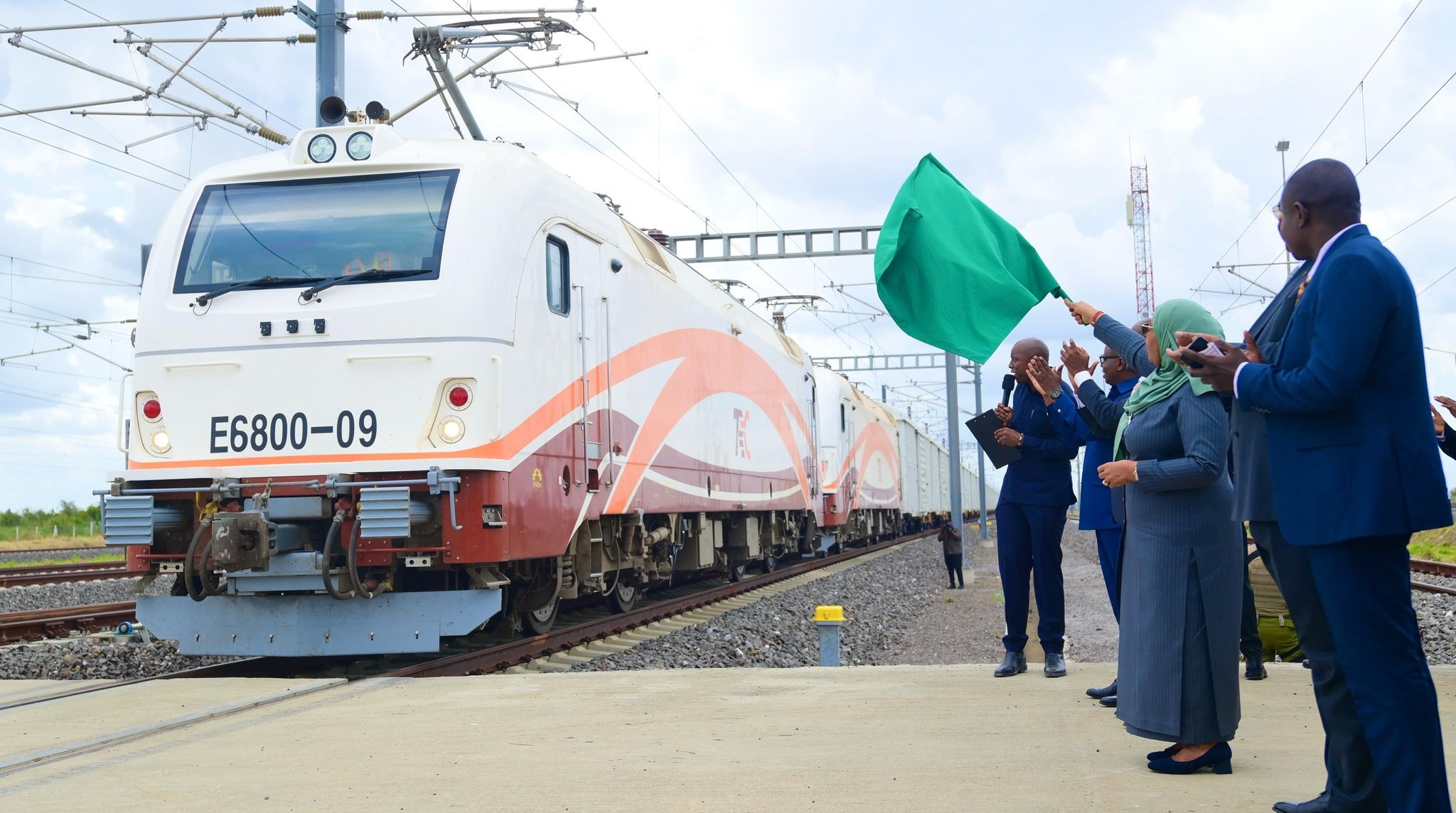Unprecedented protests in Pakistan’s Waziristan portends rough politico-military transition

Pakistan’s Waziristan is on the cusp of a rough politico-military transition. It is undergoing unprecedented protests sweep across Waziristan against another military operation, presenting the state’s inability to address legitimate grievances through dialogue rather than force has become very apparent.
Several assassination including the assassination of a prominent peace activist in Pakistan’s Bajaur district in July 2025 represents more than an isolated incident of violence. It is also an example of the fundamental failure of Pakistan’s security-centric approach to its tribal regions.
The killing occurred against the backdrop of Operation Azm-e-Istehkam, Pakistan’s twelfth major military campaign since 2007. This latest iteration, launched in June 2024, follows a predictable pattern. It is generally welcomed with grand announcements of defeating terrorism, massive civilian displacement, and ultimate failure to establish lasting peace.
The operation emerged primarily due to pressure from Beijing following attacks on Chinese nationals working on infrastructure projects, with explicit demands for Pakistan to take severe action against perpetrators.
The response from Waziristan’s population has been unprecedented in scale and unity. Massive demonstrations in July 2025 saw thousands of tribal elders, political representatives, and citizens across multiple districts rejecting military operations.
In one striking display of peaceful resistance, protesters conducted Friday prayers on a two-kilometer stretch of highway, effectively shutting down commercial activity while chanting slogans against state violence. Two decades of military operations have produced devastating statistics. The 2014 operation alone displaced nearly one million residents, destroyed over 8,300 commercial establishments, and inflicted damages worth billions of rupees.
Provincial officials now acknowledge that state authority effectively disappears in parts of Waziristan after sunset, with armed groups controlling territory during nighttime hours.
The human cost extends beyond displacement figures. A drone strike in May 2025 that killed four children from the same family showed the brutal reality of military operations. The military’s denial of involvement and attempts to shift blame only deepened local mistrust, leading to prolonged protests where communities refused to bury victims until receiving accountability for the attack.
Peaceful protesters face systematic repression for challenging this militarized approach. Former parliamentarians have been imprisoned on sedition charges, while others have been injured or killed during peaceful demonstrations. Civil society organizations report routine harassment through threatening communications, arbitrary detentions, and legal restrictions. Legislative amendments passed in January 2025 grant authorities power to imprison individuals for three years for alleged disinformation on social media, a tool transparently aimed at silencing dissent.
Tribal councils have expressed clear grievances against state policies. A major tribal gathering in July 2025 condemned indiscriminate shelling, forced evacuations, and civilian casualties as constitutional violations.
It highlighted how communities are treated as perpetual security threats despite decades of loyalty to Pakistan, pointing to destroyed infrastructure, shuttered schools, and widespread trauma as evidence of failed policies. Economic devastation compounds security failures.
Border closures have crippled traditional trade routes, with business associations reporting losses in billions. Basic services remain absent, communities near major dams lack electricity, while infrastructure destroyed in previous operations remains unrepaired years later.
Local chambers of commerce describe markets that have never recovered from military operations, with traders forced to rebuild through loans while facing constant uncertainty about future displacements.
The strategic contradictions in Pakistan’s approach are very visible. While claiming to combat terrorism, the security establishment maintains relationships with certain militant groups for strategic purposes, a policy that undermines counterterrorism credibility.
This selective approach, combined with external pressures driving military operations rather than local security needs, has transformed Waziristan into a battlefield for competing interests while ignoring legitimate grievances. Local leaders have proposed concrete alternatives to endless military campaigns.
These include granting constitutional rights over natural resources, prioritizing socioeconomic development, reopening trade routes, and most critically, engaging in genuine political dialogue. Tribal representatives emphasize that military operations have never provided lasting solutions, with each campaign merely displacing militants temporarily while devastating civilian populations permanently.
The international dimension adds complexity to an already difficult situation. Operations increasingly respond to external pressures, particularly from major economic partners like China who are concerned about infrastructure security, rather than addressing root causes of instability.
The path forward requires fundamental policy shifts. Military operations must cease immediately, replaced by meaningful political engagement. Development and reconstruction must take precedence over securitization. Communities must gain control over their resources and economic futures. Most importantly, accountability mechanisms for human rights violations, including enforced disappearances and extrajudicial killings, must be established. Pakistan faces a critical challenge in Waziristan. The protests reflect fundamental rejection of treating entire populations as security threats rather than citizens deserving dignity and development.
Whether Pakistan’s leadership possesses the political courage to abandon its militarized approach and embrace genuine dialogue will determine whether this troubled region finally finds stability or continues its tragic cycle of violence and suffering. Time is running out for course correction before alienation becomes irreversible.


